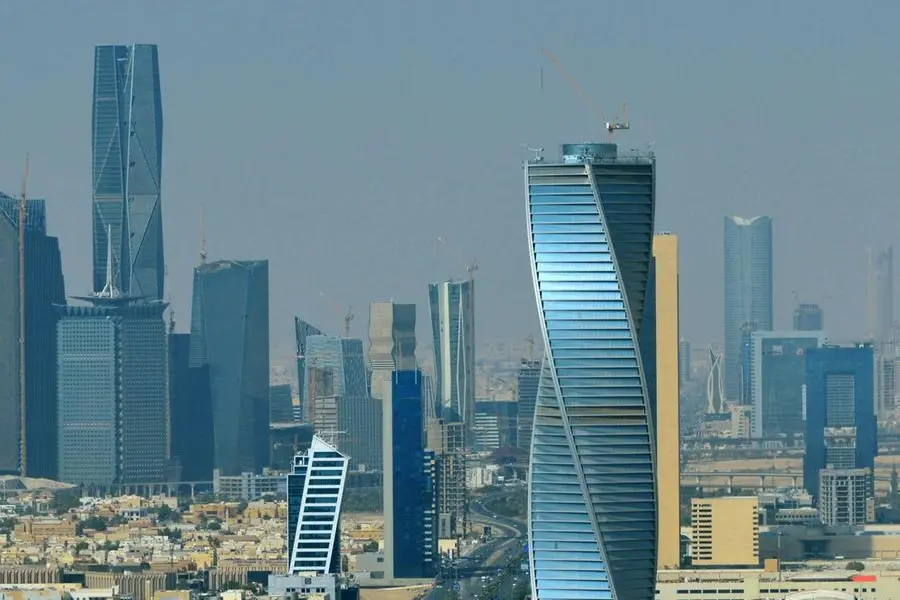PHOTO
Debt text written on wooden block with stacked coins. Image used for illustrative purpose.
Fitch Ratings-Dubai/Toronto: Fitch Ratings expects GCC countries’ debt capital markets (DCMs) to grow further and for the GCC to remain among the largest emerging-market dollar debt issuers in 2025 and 2026 (excluding China), and the largest sukuk issuers and investors globally.
Oil revenues are among the main drivers of GCC DCM activity. Sovereign issuances are likely to rise as oil prices fall (2025F: USD70/barrel; 2026F: USD65), given modestly rising demand, and ample global supply. While not the key funding source, GCC banks and corporates are also likely to diversify through DCMs.
“After 11% year-on-year growth, the DCM reached a milestone of about USD1 trillion outstanding at end-11M24, with 40% as sukuk,” says Bashar Al Natoor, Global Head of Islamic Finance at Fitch Ratings. “It is poised for growth in 2025 on the need to finance government projects, maturing debt, fiscal deficits, diversification goals, and regulatory reforms. We rate around 70% of GCC US dollar sukuk, 81% of which is investment-grade, and with no defaults.”
Fitch expects the Fed to cut rates by 125bp to 3.5% by 4Q25 (end-2026F: 3.5%), and most GCC central banks are likely to follow suit. This should make the funding environment more favourable. The evolution of the Middle East conflict is uncertain and escalation could limit DCM growth. However, four out of six GCC sovereigns are investment-grade; all on Stable Outlooks. Sharia complexities, including from linked to AAOIFI Standard 62, could be a risk for sukuk. ESG debt reached USD48 billion outstanding, with 42% sukuk.
DCM development is fragmented across the GCC. Saudi Arabia and the UAE have the most developed DCMs, followed by Qatar, Bahrain, and Oman, with Kuwait being the least mature. The new government in Kuwait is aiming to update the liquidity law to permit borrowing in capital markets, but the timeline is uncertain. The recent GCC fund passporting regulations could open new DCM investment options across the GCC.




















